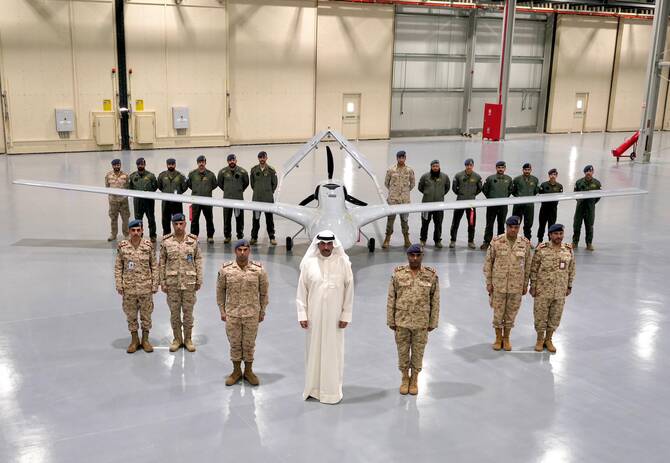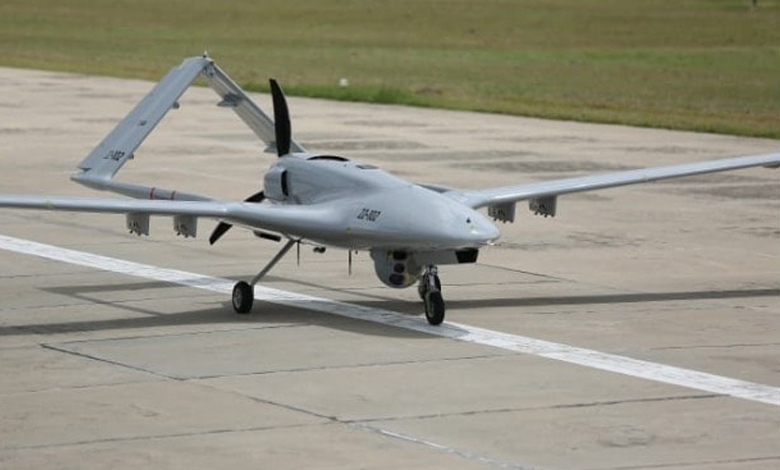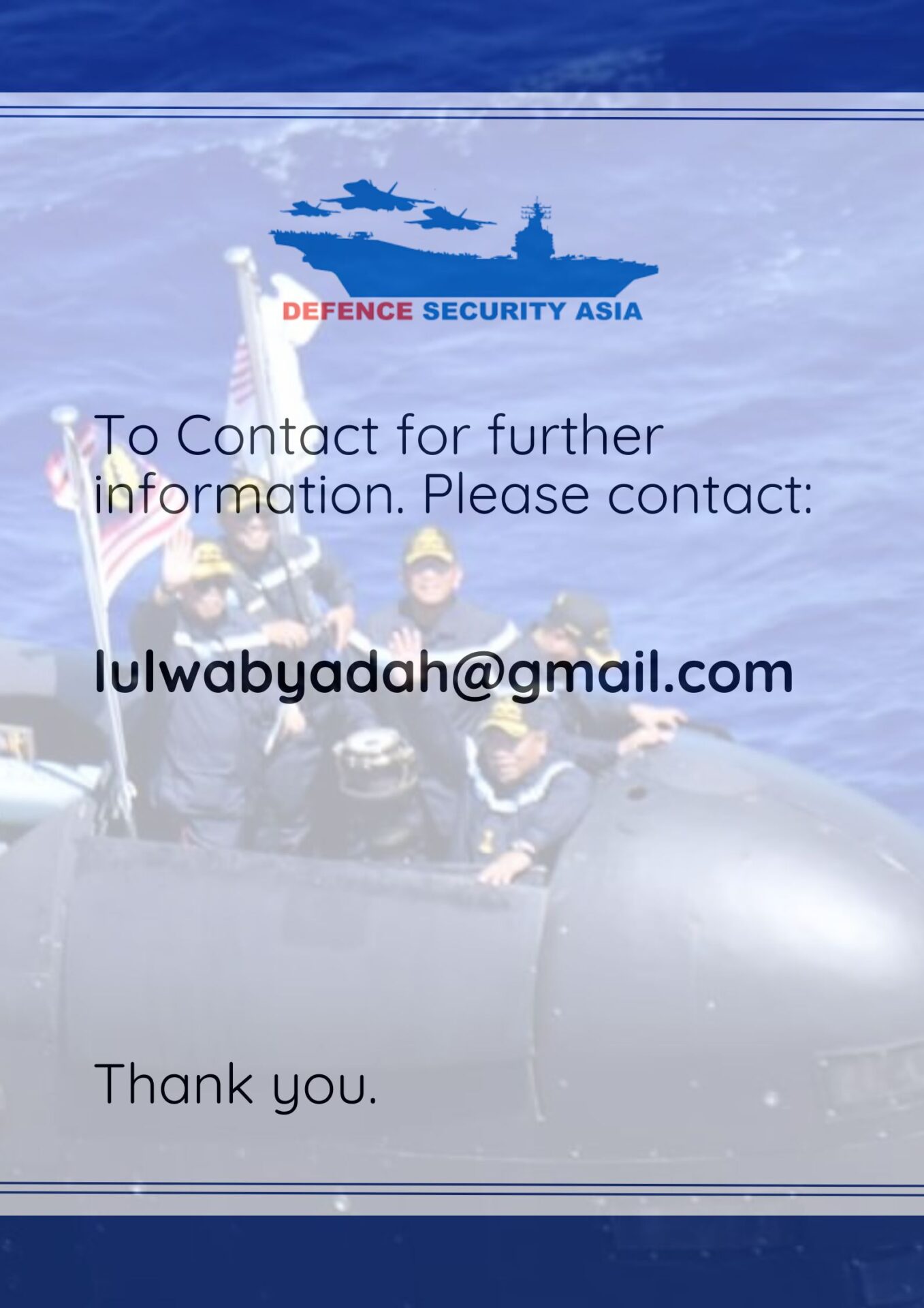Kuwait Deploys Turkey’s Battle-Tested Bayraktar TB2 UCAVs in Strategic Leap for Gulf Security
The high-profile event was graced by Kuwait's Defence Minister, Sheikh Abdullah Ali Abdullah Al-Sabah, who underscored the strategic significance of this acquisition in bolstering Kuwait's surveillance, reconnaissance, and precision strike capabilities in an increasingly volatile regional security environment.
In a landmark ceremony held at Salem Al-Sabah Air Base, the Kuwaiti Armed Forces officially commissioned the Bayraktar TB2 unmanned combat aerial vehicle (UCAV), signifying a pivotal enhancement to the nation’s defence architecture and combat readiness.
The high-profile event was graced by Kuwait’s Defence Minister, Sheikh Abdullah Ali Abdullah Al-Sabah, who underscored the strategic significance of this acquisition in bolstering Kuwait’s surveillance, reconnaissance, and precision strike capabilities in an increasingly volatile regional security environment.
“This is an important step in the development of the Kuwaiti army’s capabilities, especially in the areas of surveillance, reconnaissance and intelligence gathering,” said Sheikh Abdullah during the commissioning ceremony.
The commissioning follows a landmark bilateral defence agreement signed in 2023, in which Kuwait inked a US$370 million (approximately RM1.75 billion) contract with Turkish defence aerospace company Baykar for the procurement of a complete Bayraktar TB2 system.
The comprehensive package includes 18 Bayraktar TB2 UCAVs, three Ground Control Stations (GCS), advanced simulation systems for operator training, and an arsenal of 1,800 precision-guided Mini Smart Munitions (MAM-L) produced by Roketsan.
Of the total contract value, US$90 million (RM426 million) was allocated for the procurement of the airframes, while the remaining US$280 million (RM1.32 billion) was directed towards munitions—a clear indication of Kuwait’s strategic emphasis on boosting its kinetic strike capabilities.
The Kuwaiti Army conducted a live flight demonstration during the commissioning ceremony, showcasing the TB2’s endurance, target tracking accuracy, and weapon deployment under desert operational conditions, including high winds and frequent sandstorms common in the Gulf region.

Baykar, via its official channels, confirmed that the Bayraktar TB2 completed a 27-hour and 3-minute continuous flight in Kuwait’s challenging weather, reaffirming its robust endurance and reliability in arid, dust-laden operational environments.
Kuwait’s acquisition journey began in 2019, when defence officials initiated procurement discussions following widespread reports of the TB2’s successful battlefield performance in multiple operational theatres, including Syria, Libya, Nagorno-Karabakh, Ethiopia, and the ongoing conflict in Ukraine.
The UCAV’s ability to deliver low-cost, high-impact precision strikes while maintaining real-time ISR (Intelligence, Surveillance, and Reconnaissance) coverage has made it a highly sought-after asset for countries facing hybrid and asymmetric threats.
With the TB2 now fully inducted, Kuwait becomes the 28th country to field the combat-proven platform, joining an increasingly diverse group of operators including Ukraine, Azerbaijan, Qatar, Pakistan, Kyrgyzstan, Turkmenistan, Niger, Ethiopia, and Poland.
The Bayraktar TB2, developed by Baykar under the technical leadership of Selçuk Bayraktar, is widely regarded as a transformative asset in modern drone warfare, having shaped the outcomes of several conflicts through surgical strikes, ISR dominance, and battlefield disruption.
Initially developed in the late 2000s to reduce Turkey’s dependence on foreign UAVs, the TB2 program gained momentum after its maiden flight in 2014, followed by rapid operational deployment by the Turkish Armed Forces.
The drone’s capabilities were quickly validated in northern Syria, where it was used to target insurgents and disrupt logistics networks, and later in Libya, where it played a decisive role against Khalifa Haftar’s forces.

Its most significant impact was observed in the 2020 Nagorno-Karabakh war, where Azerbaijani forces used the TB2 to decimate Armenian air defences, artillery, and armoured columns, reshaping the geopolitical map of the South Caucasus in just 44 days.
In Ukraine, the TB2 gained global notoriety for its effectiveness against Russian military targets, including mobile SAM platforms like the Pantsir-S1 and BUK systems, reinforcing its capability to operate in contested and high-threat environments.
Despite the increasing use of electronic warfare and counter-UAV measures by peer adversaries, the TB2 has proven difficult to neutralise due to its low radar cross-section, medium-altitude loiter capability, and the ability to deploy in distributed formations.
As of 2025, Baykar has completed deliveries of over 500 Bayraktar TB2 platforms globally, making it one of the most exported UCAVs in history.
Its ITAR-free status (not subject to U.S. export control restrictions) allows Baykar to sell the TB2 to a broader spectrum of countries compared to Western-made alternatives like the MQ-1 Predator or MQ-9 Reaper.
The TB2’s affordability has also made it appealing to middle-income and developing nations looking to leapfrog into next-generation air warfare without the budgetary burden of traditional manned platforms.

Technical Specifications of Bayraktar TB2:
-
Manufacturer: Baykar (Turkey)
-
Class: Medium-altitude long-endurance (MALE) UCAV
-
Length: 6.5 metres
-
Wingspan: 12 metres
-
Max Take-Off Weight: 700 kg
-
Payload: 150 kg across four hardpoints
-
Engine: 1 x Rotax 912 internal combustion (100 hp)
-
Cruising Speed: 70–120 knots (130–220 km/h)
-
Service Ceiling: 18,000 – 25,000 feet (5,500 – 7,620 metres)
-
Endurance: 27 hours
-
Range: 150 km Line-of-Sight (LOS), extendable with relay systems
-
Avionics: Fully autonomous taxiing, take-off, and landing
-
Sensors: Electro-Optical/Infrared (EO/IR), Laser Designator, Synthetic Aperture Radar (SAR) optional
Weapon Systems:
-
MAM-L: 22 kg laser-guided munition, 8 km range
-
MAM-C: 6.5 kg for soft targets, high precision
-
MAM-T (optional): Newer variant with enhanced stand-off range
-
Others: Laser-guided rockets and anti-tank guided missiles (ATGMs)


